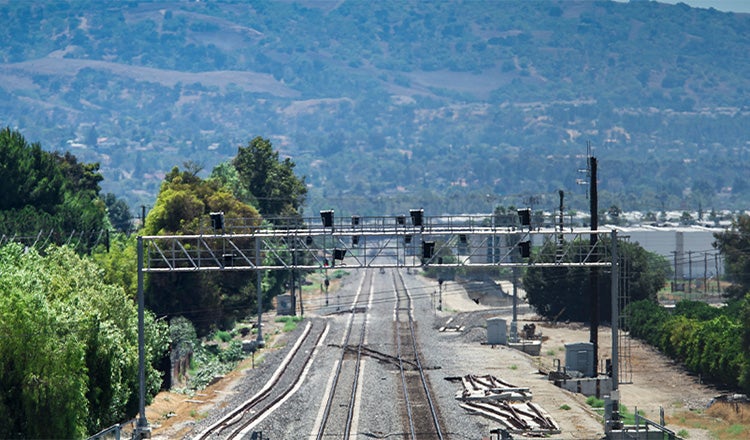New Data Creates Defensible, Accurate Service Development Plans for Rail Corridors

Service development planning will play a key role in the U.S. in the coming years as funding from the Infrastructure Investment and Jobs Act paves the way for new passenger rail corridors. At the same time, the passenger modeling that makes up a core building block of these plans has become uncertain as COVID-19 related shifts continue.
Writing in Railway Age, three HDR experts shared tips and strategies for using anonymized cellphone data to provide improved passenger modeling numbers. Scott Peterson is a senior travel demand modeler at HDR with decades of experience providing modeling for transportation agencies. Matt Van Hattem is a senior railway planner who specializes in rail plans including service development plans. Catherine Dobbs is a senior environmental project manager and former FRA central team lead with a deep understanding of today’s regulatory environment for freight railroads.
“Updating or developing a defensible service development plan with good ridership data in today’s challenging environment requires a new technological solution,” they wrote. “In conjunction with traditional ridership forecasting techniques, incorporating travel data from anonymized cellphone data into your ridership model can provide a more precise look at where and how travelers are getting from Point A to Point B. This sets a sponsoring agency on a good track to obtain federal funding, advance a project through future phases of development, and secure public support for project implementation.”
Read “Improving Ridership Modeling and Service Development Plans Through Better Travel Data" on the Railway Age website.



